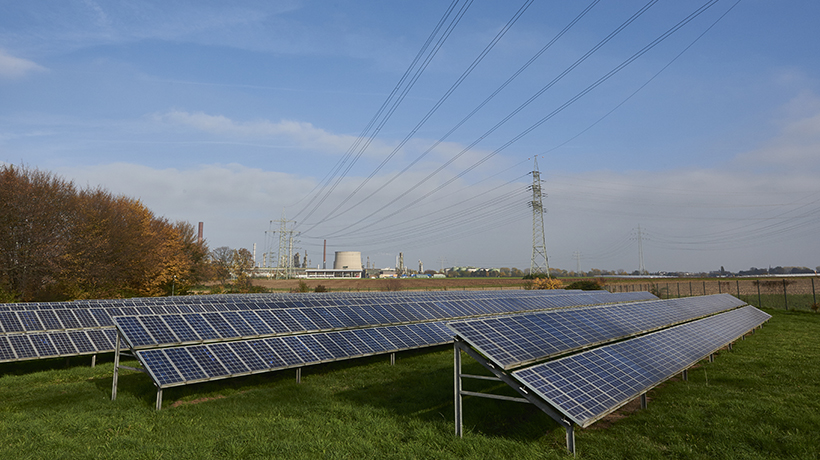Around the world, there are big changes happening in the utilities and communication industry. When we compare industry trends from the last century to what is happening today, many of these shifts are driven by the need to replace aging infrastructure, embrace smart grid and broadband services, engage the consumer experience, and leverage new developments in enterprise IT. These are trends that network operators and service providers “have” to acknowledge and prepare for to stay relevant.
The reality is that this is a tall order for utility and communications companies to fill. In a relatively short amount of time, industry and operational norms have gone the way of the dinosaur. And in their wake, they have left utility and communications providers facing a paradigm shift in some key areas that affect the enterprise. Here’s a look at the primary challenges facing utility and communications in the 21st century.
Transforming Business Model
In the last century, the utility and communication business model was fairly simple and was based on steadily increasing sales from an expanding asset base of centralized generation and traditional delivery infrastructure. Today’s business model is becoming more complex; a model that has to consider integrated energy services meeting diverse and ever-evolving customer needs with an information-enabled infrastructure. Although new technologies have been introduced, long equipment lifecycles, standardization, and providers’ aversion to risk have limited the implementation of innovative transmission and distribution system technology.
Flattening Demand
In the past, service demand and consumption steadily increased. However, demand and consumption appears to be flattening with potential to decline. An exception to this trend is the deployment of new energy services, such as powering electric vehicles, that may increase demand. But the net impact on utility providers is still unclear.
Rising Capacity Costs
Before the industry started changing, the average costs to build new capacity was stable, if not, declining. Today the average costs for new capacity are increasing. That being said, the rising costs of new capacity will be partially offset by low carbon generating resources becoming commercially mature.
Changing Objectives for Providers
Service reliability, affordability, and return to shareholders are shared goals that network operators still have from the past and present. However, environmental quality and service quality have been added to the list of important objectives utility and communications companies must achieve. There’s also the divide between investor-owned utilities and publicly-owned utilities. In addition to managing costs, investor-owned utilities have the goal of earning market-based returns for shareholders. While publicly-owned utilities have the goal of minimizing cost for members. These separate goals impact how providers transform business models, technology adoption and implementation, and day-to-day operations.
Increasing Customer Expectations
In the past, the role of utility customers was passive consumption. But that has changed.There’s no longer a one-to-one relationship between a supplier and customer. Today’s consumer is equipped with the technology and incentives to manage energy consumption and generate energy with solar panels or wind turbines. Technology and regulation have also created competitive markets,making customers more demanding and more mobile – ready to switch providers for better deals, services, and service.
However, it’s not all doom and gloom for utility and communications providers. Where there are changes and challenges, there are opportunities to build a better network, explore new services, and deliver even more value to customers and shareholders. And Hexagon Safety & Infrastructure’s suite of utility network management solutions is here to make many of those opportunities possible.
This week, Hexagon Safety & Infrastructure will exhibit its utility network modeling and management solutions during European Utility Week 2016 at the Fira Barcelona Gran Via in Barcelona, Spain. During the event, we will discuss industry trends, highlighting our product roadmaps, and deliver live demos of Intergraph G/Technology, Intergraph G/Technology Fiber Optic Works, and Intergraph NetWorks.
If you are attending European Utility Week, I encourage you to stop by our booth and see what we have to offer. You can also see our utility network management solutions during this week’s Smart Cities Expo 2016, which is also at the Fira Bareclona Gran Via.















